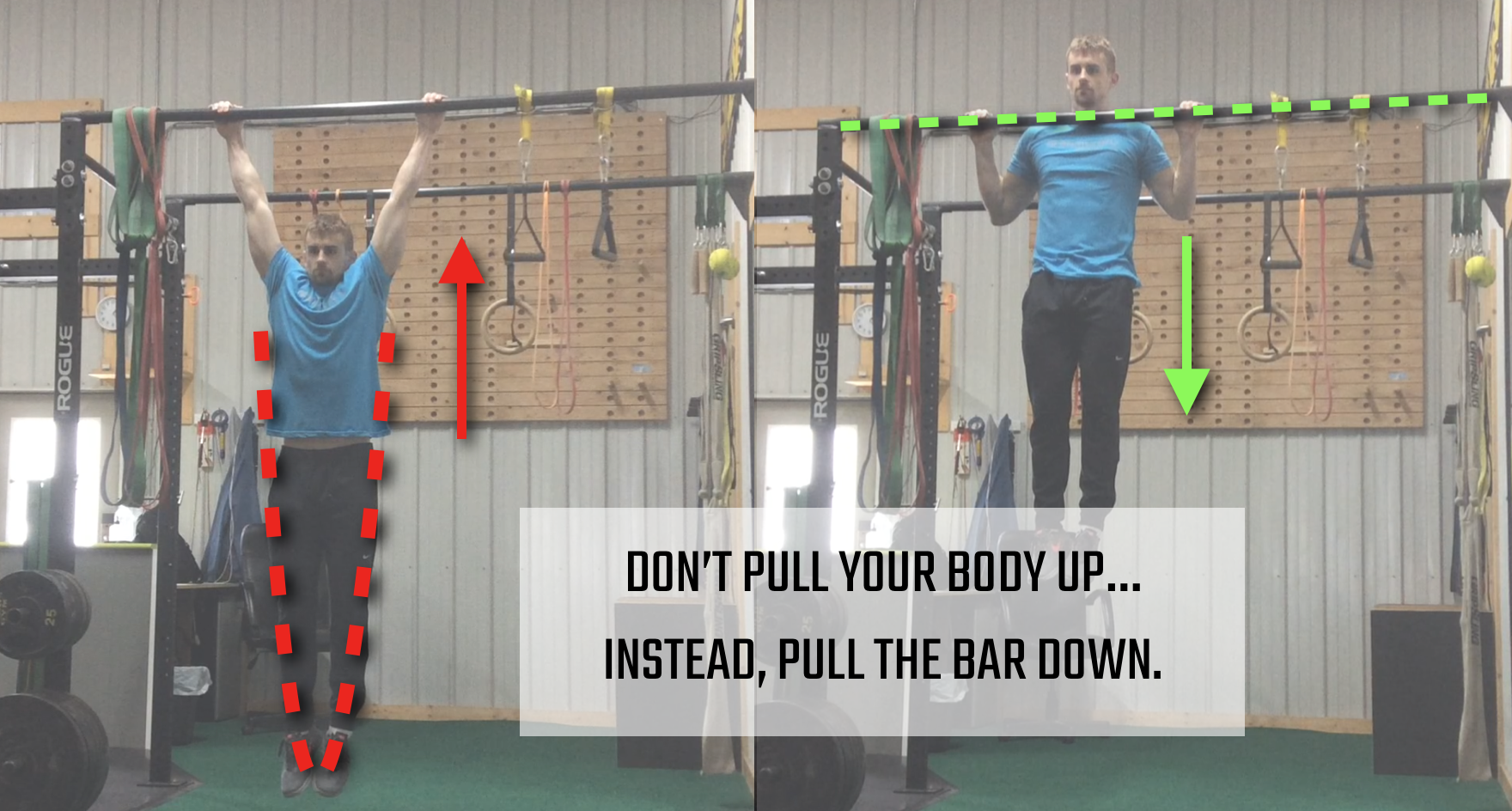On Thursdays at Drew Murphy Strength, the theme of our 5:45 pm group workout is COMPLEXES. We call it Complex Thursday, and these workouts are a lot of fun.
In fitness terms, a complex is when you perform multiple exercises, one immediately following another, without setting down the implement you are using. Complexes can be done using many forms of equipment, but we tend to use barbells for most of the complexes we do. Strength and muscle can be built through the use of complexes, but I find them to be the most useful for conditioning and for refining technique.
Here is a sample complex that uses dumbbells as the implement:
8 DB Curl
8 DB OH Press
8 DB Front Squat
8 DB Romanian Deadlift (RDL)
With variables such as exercise selection, exercise order, and repetitions for each exercise, the number of complexes one could design would be infinite.
I typically like to design complexes in a way that the exercises flow nicely together. Using the same exercises from the example above, here is an example of a complex that I wouldn't consider to have great flow:
8 DB OH Press
8 DB RDL
8 DB Front Squat
8 DB Curl
Here, you would start with the weights at shoulder height. After doing the presses, you would drop them down to do RDLs. After those, you would need to bring them back up to do front squats and eventually finish the complex with curls. Unless you intentionally wanted the added challenge and awkwardness of bringing the dumbbells up to and down from shoulder height, this would be a poorly designed complex when compared to my original example.
In the original example, the dumbbells are already at shoulder height after completing the last curl, making it nice to go into overhead pressing. After your last overhead press, you are able to keep the dumbbells at shoulder height to complete your front squats. You finish the complex with RDLs, which require you to drop the dumbbells back down to a hang. Bringing the weights down at this point is not a big deal because you will need to do so anyway to set them all the way down and step away from the set.
Another thing I keep in mind when designing a complex is to try to keep the stronger movements toward the end. This is because you can afford to perform a stronger movement under more fatigue.
Looking again at the "poorly designed" complex, doing curls at the end of the complex doesn't make sense because that is actually the weakest of the 4 exercises in the complex. By the time you got to the curls, there is a chance you would be too exhausted to finish the complex.
Back to the first complex, we begin with curls and gradually work through stronger movements. As you become more and more fatigued throughout the complex, you perform an exercise that requires less effort the deeper into the complex you go. For this reason, complexes should feel challenging but do-able.
Lastly, I find that complexes encourage optimal technique, as that is what is required in order to complete some movements while fatigued. Sound technique will carry you through a complex, whereas poor technique will cause you to hit failure during a complex.
If this method of training intrigues you, stop by on a Complex Thursday and give it a try. Also, make sure to wear black!


